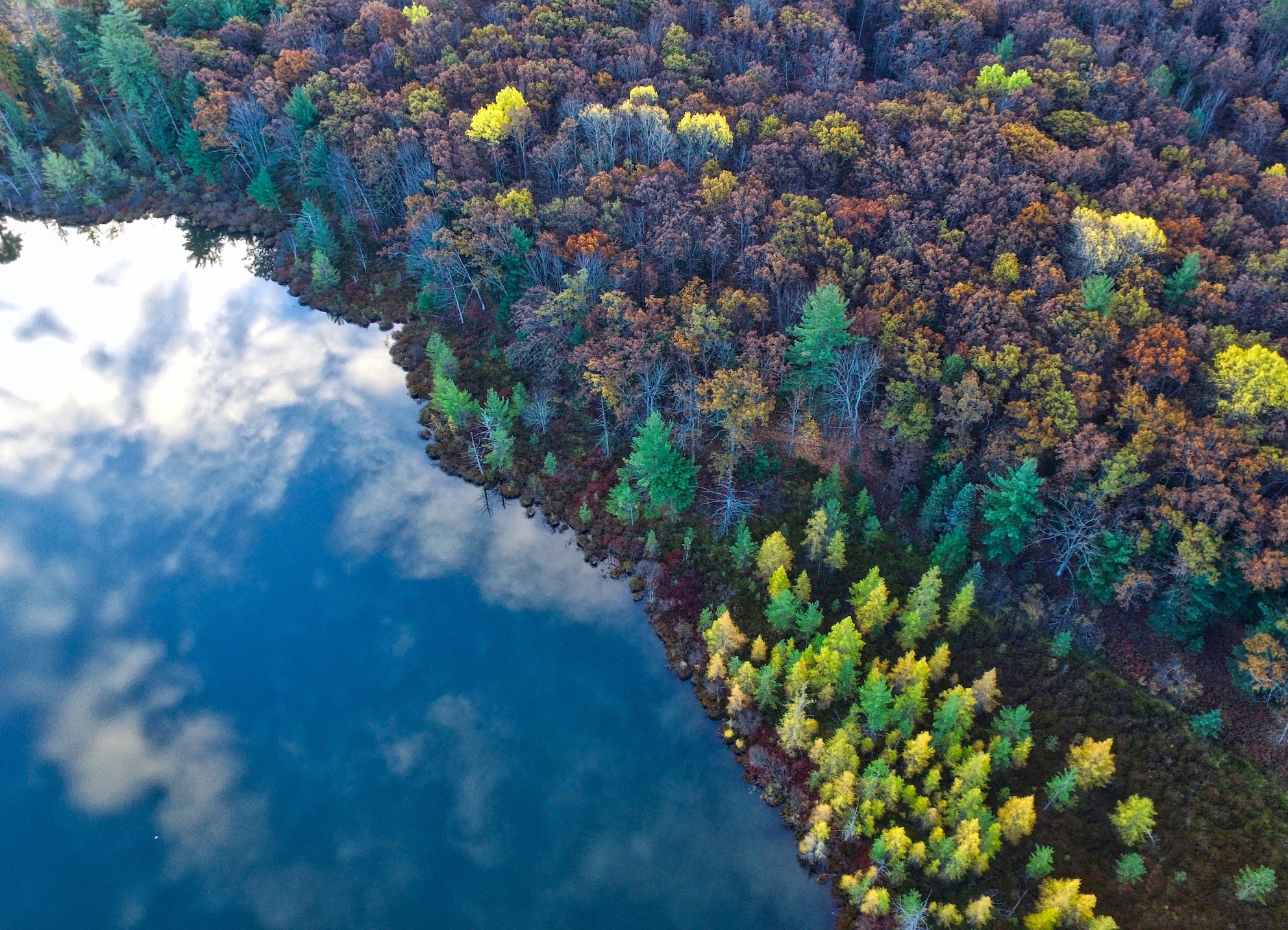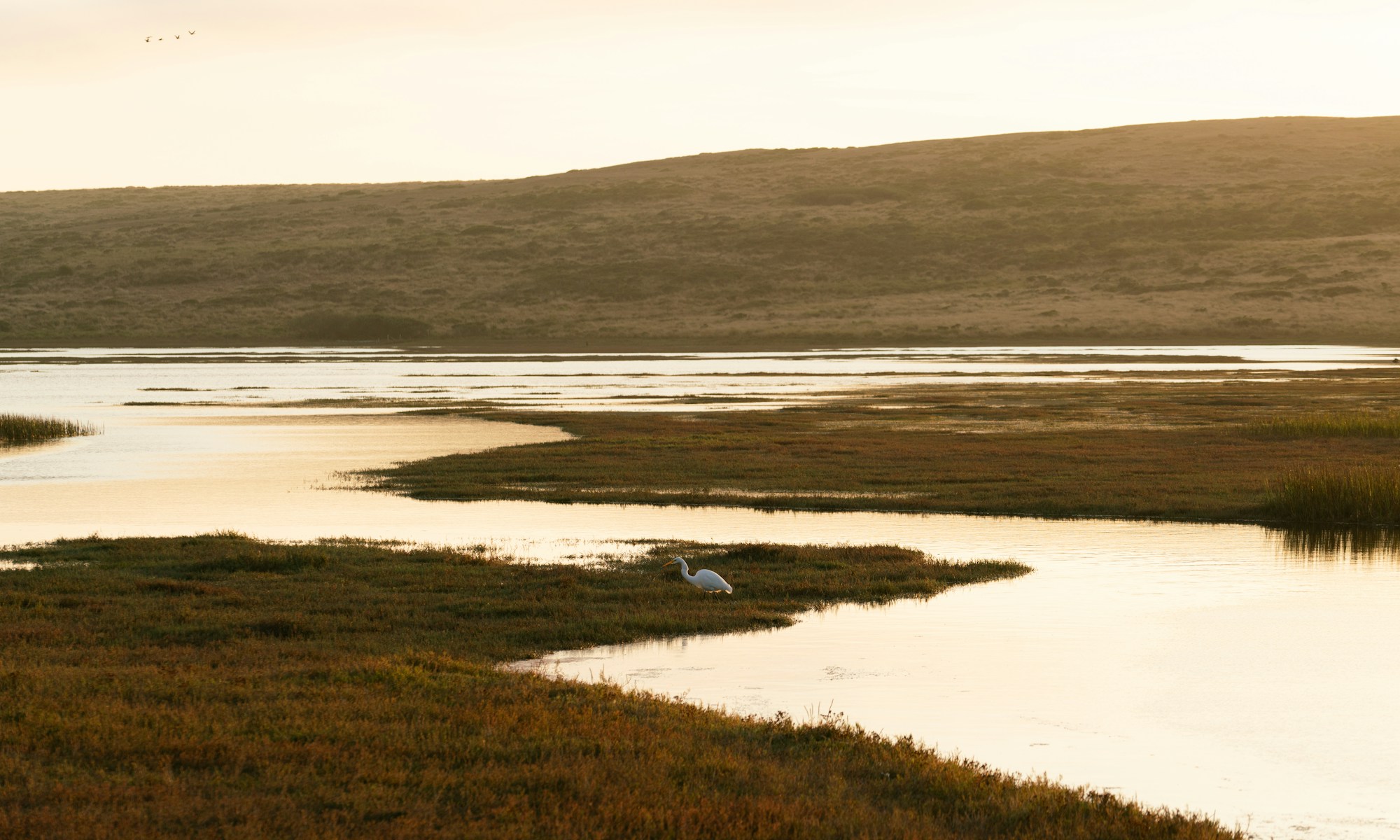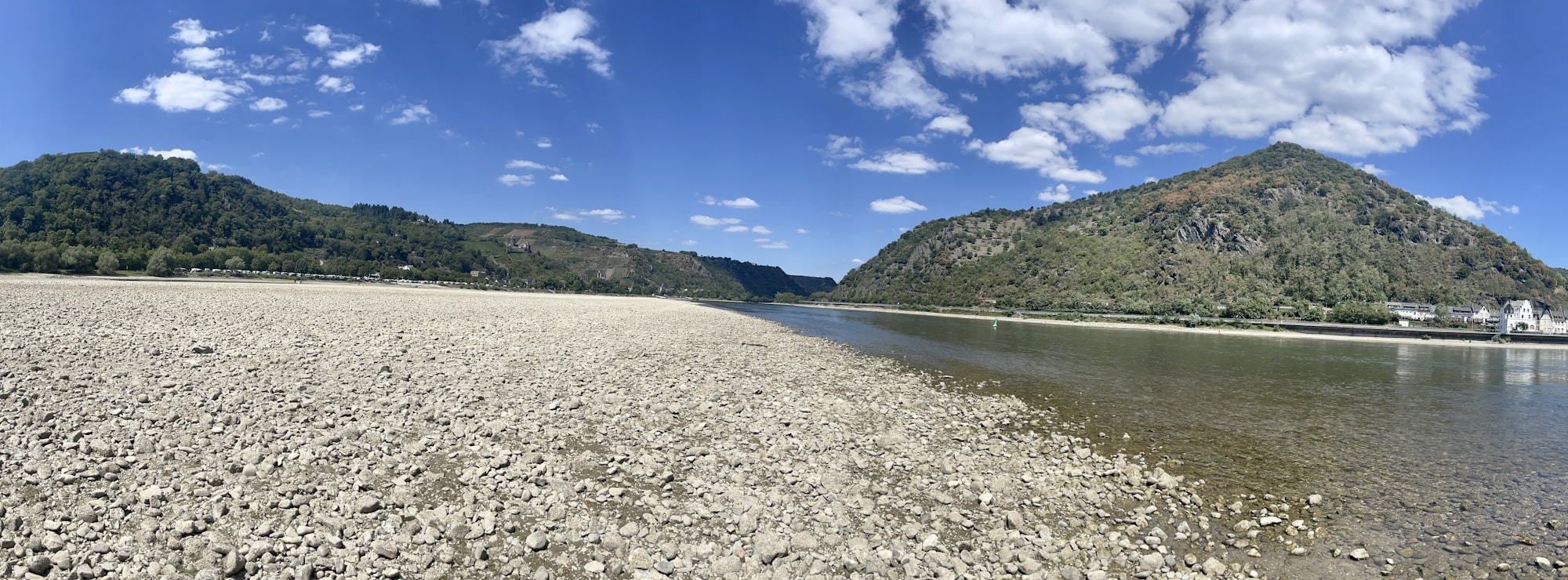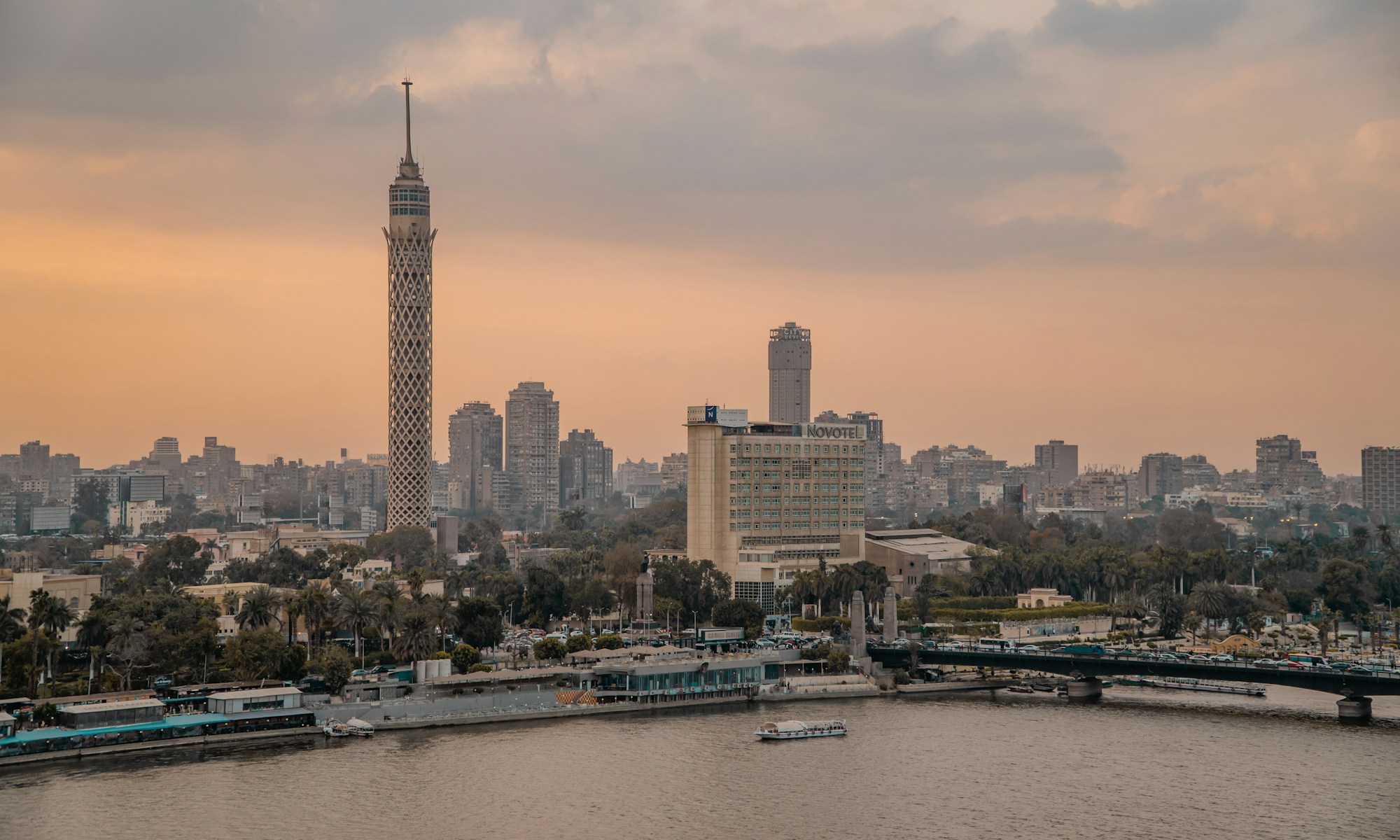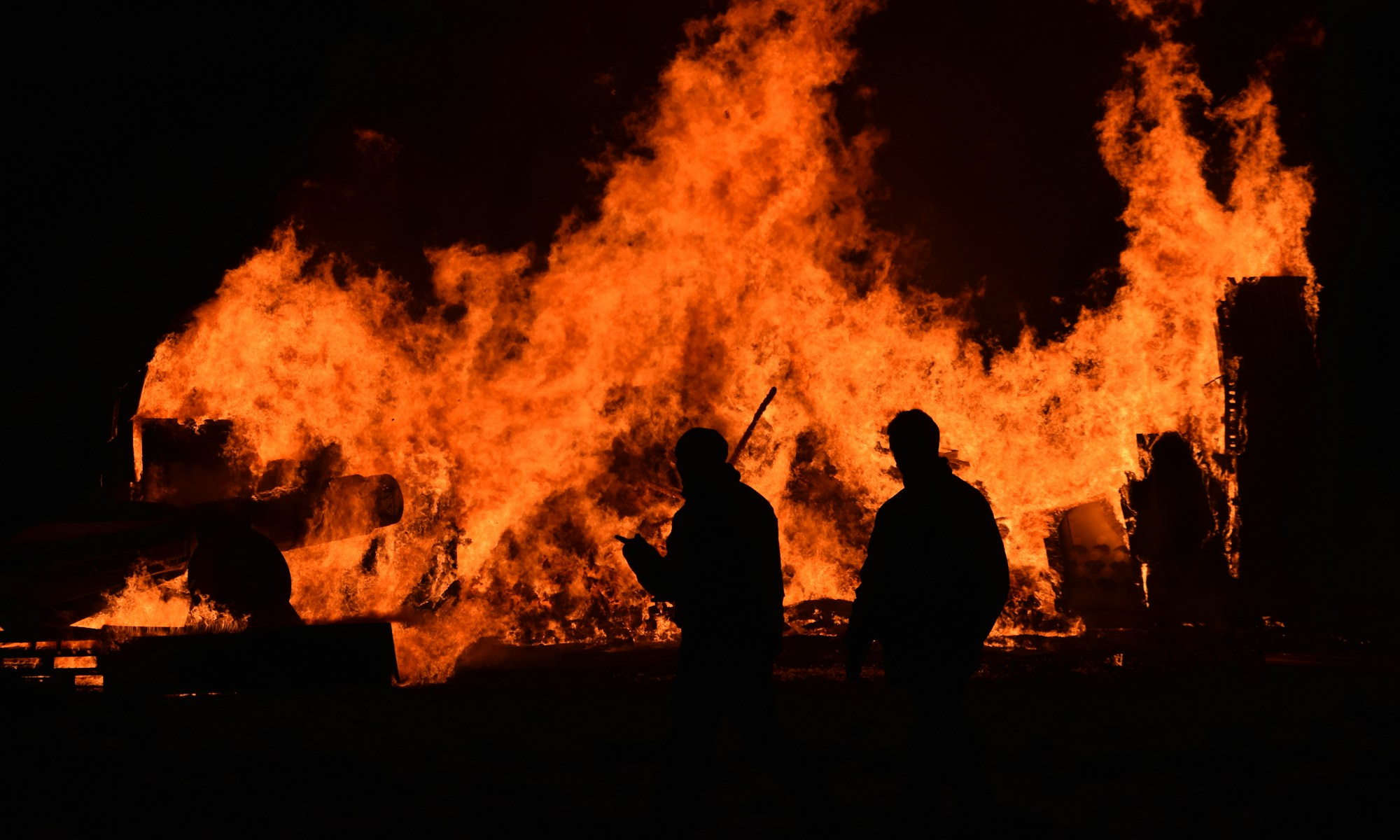19 September 2022 – by Darina Kalamova
Tropical rainforests stay humid throughout the year and fires aren’t a natural phenomenon there.
This means that nearly all blazes currently burning in the Amazon are started by people in service of mining, logging, and agriculture. Farmers start blazes to clear land for other uses, such as pasture and crops. Illegal loggers and miners use them to hide their activities or to drive traditional communities out of their land.
Climate change and global warming are exacerbating the situation as well. They lead to higher temperatures and drier conditions, making it impossible to keep the fires under control. Without regular rainfall the forest shifts from being fire-resistant to fire-susceptible.
The Brazilian Amazon
The Brazilian Amazon is affected most, primarily due to weakened law enforcement and lack of political will. In 2022, 4000 square kilometers of forest have been cleared away, marking a 17% increase over the previous year.
August and September typically mark the forest’s dry season. August recorded the highest number of fires in a month, surpassing previous years. In fact, on August 22 more than 3,300 fire alerts were reported in a day, the worst number in the last 15 years. September is painting a similar picture as the first week of the month had more fires than in all of September 2021.
Thick clouds of smoke cover towns in the Brazilian states of Amazonas and Pará for weeks at a time, and smoke inhalation is becoming a serious health risk for the local population. The blazes also threaten the forest’s biodiversity and the global climate. Scientists warn that the rainforest’s carbon-storing potential is crucial, and without it, the planet is headed for an ecological disaster.
